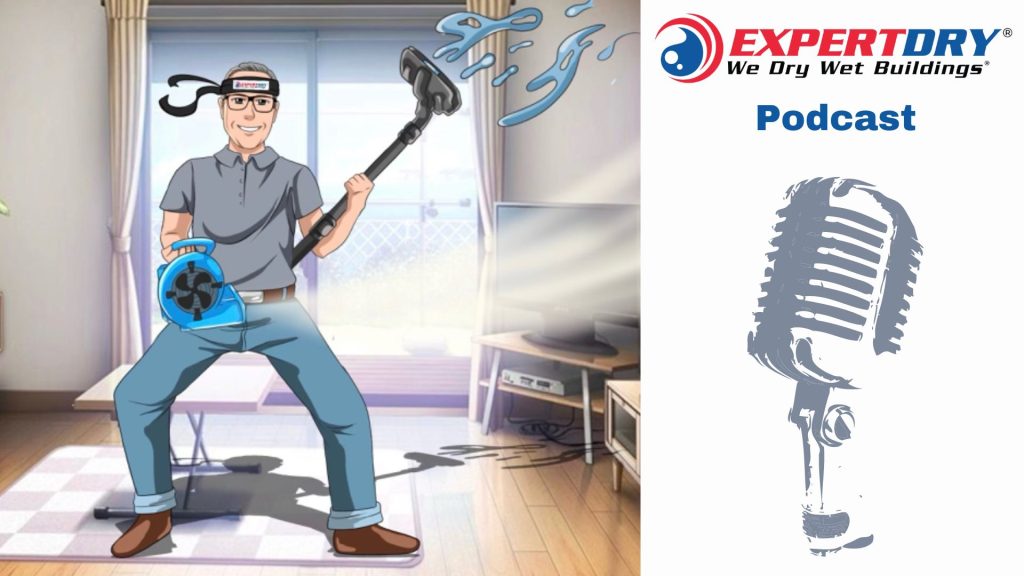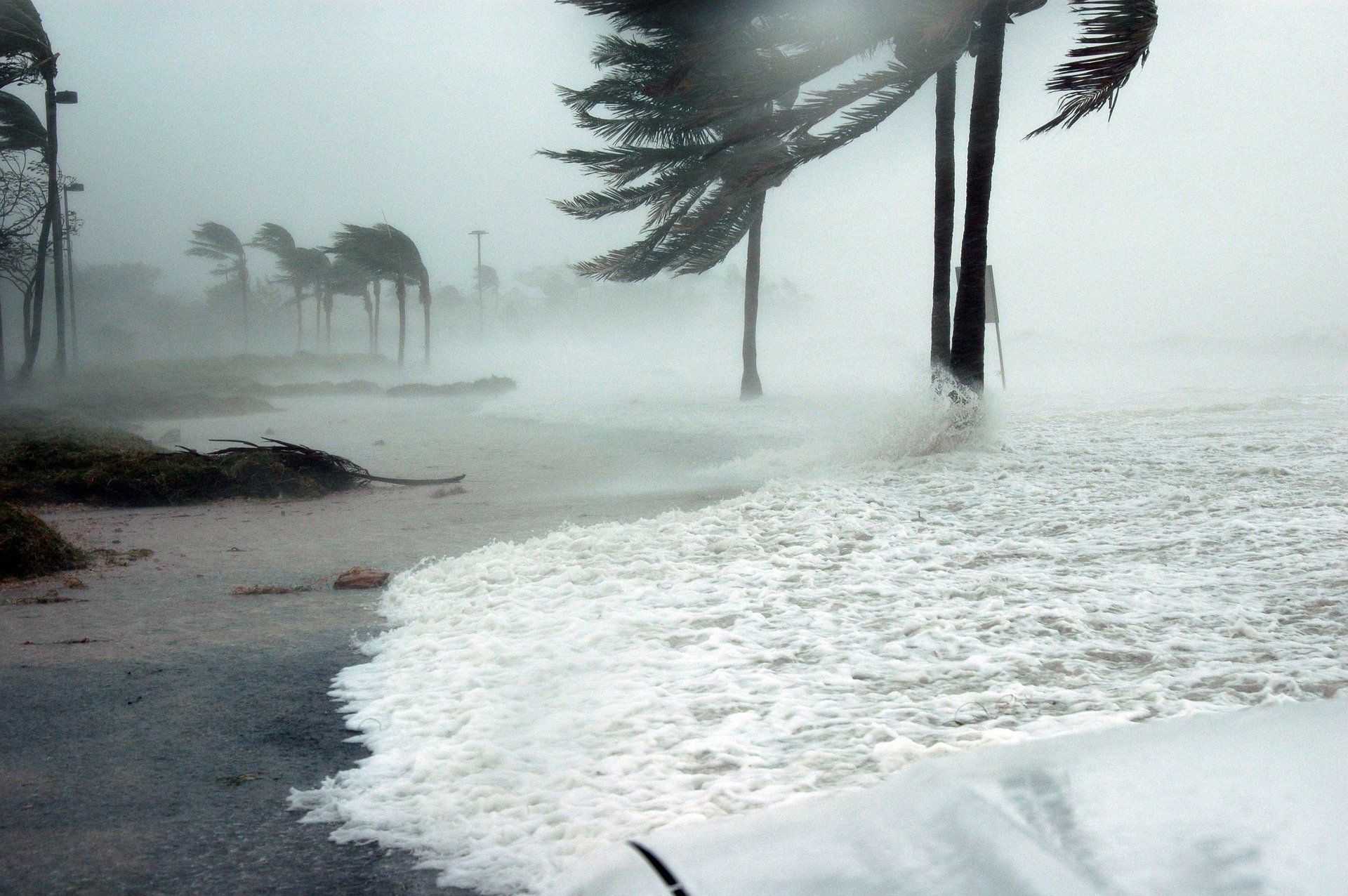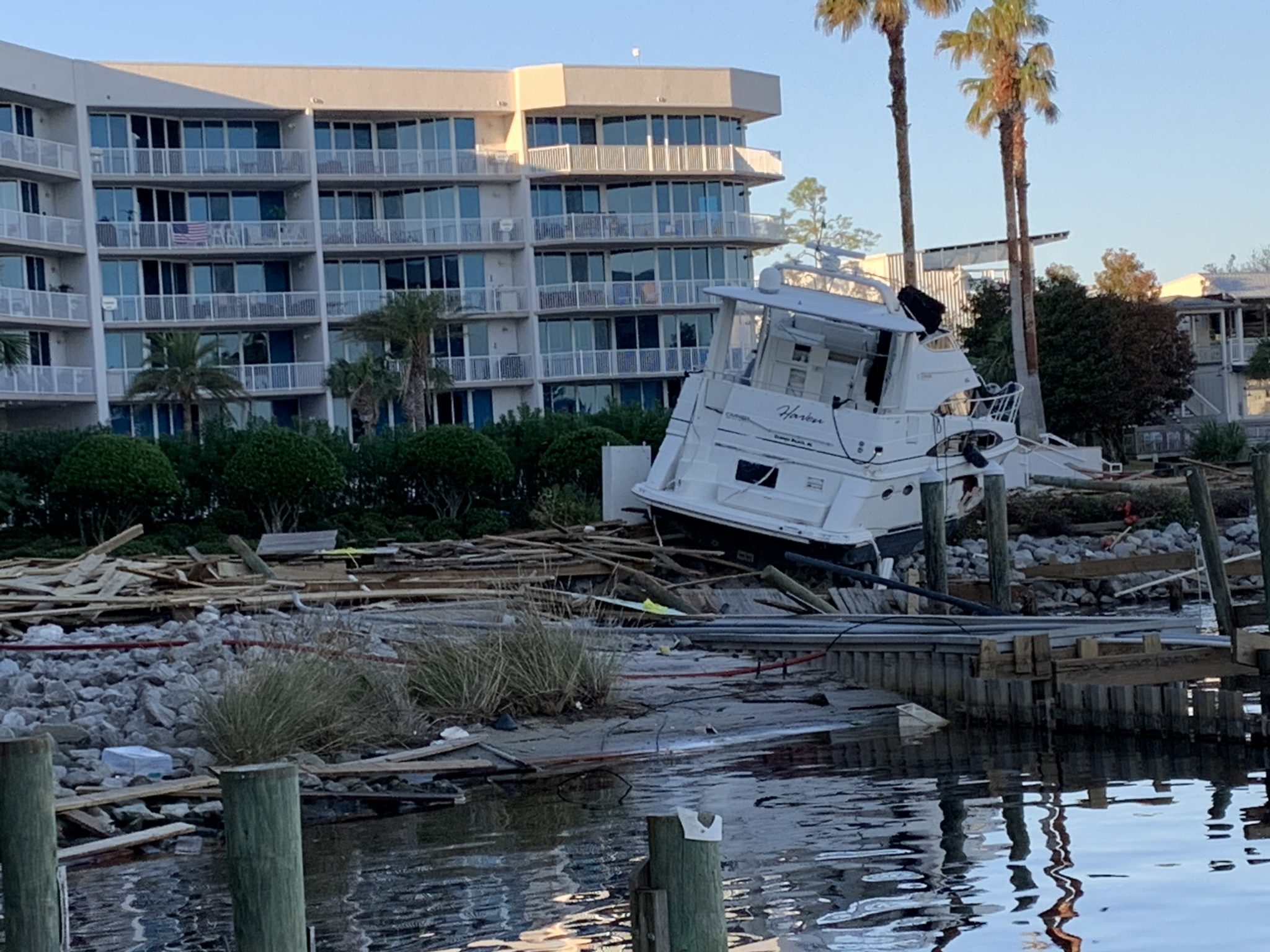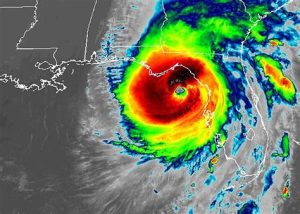Expert Dry® Podcast
Through my podcasts, you’ll gain valuable perspectives, practical tips, and a deeper understanding of the intricacies involved in water mitigation and mold remediation.
Alarming Water Damages: Why Property Owners Need to Consider Water Detectors?

Click to Read
Alarming Water Damages, Why?
Hurricane season starts June 1ST, every year. We all hear about good years and bad years but anytime a hurricane strikes close by most of us consider it a less than desirable event.
If you’re not in the path of a tropical storm or hurricane can forget about water losses in your property?
Sorry, NO!
While fires cause losses to property owners and are life threatening events water damages are actually the most claimed insured losses. Certainly, fires are so dangerous that laws require equipment like smoke detectors, heat sensors, alarms and fire suppression equipment to help prevent loss of life or serious injuries.
Flooding in structures is rarely as life threatening as a fire but BOTH fires and water can severely damage structures or destroy them.
Water Damage from hurricanes is certainly on the top of the mind of North Gulf Coast property owners and managers especially during the storm season. Experience however indicates that water damage takes place in structures throughout the year.
Building owners and managers and boards of directors need to consider water detectors.
While it may seem counter intuitive for a water damage mitigation company like Expert Dry to promote detectors to reduce the extent of water damage losses, for water damage events will still happen every day. Maybe we can all benefit if we can reduce the severity.
Remember that time is an important issue in a water loss from a plumbing failure. In a storm, when it stops raining, the water stops falling but an undetected leaking pipe continues, often unnoticed. Small pipes over time produce tremendous amounts of water.
In multi-story buildings gravity takes over and it often takes hours and sometimes days for water to trickle down into spaces below the original source.
How much money and contents can be saved by catching a leak sooner?
What are some of the common sources of unwanted water?
Round up the Usual Suspects:
- Air Conditioning Condensate drain lines
- Leaking lines from ice makers or water filters.
- Plumbing leaks and overflows from toilets.
- Water heaters
- Pipes, big ones, little ones, plastic ones, metal ones.
Who knows why, stuff happens. Plumbers survey the damage and sometimes say, “Gosh, I’ve never seen that happen before.” Lucky you, you are now a case study.
- Washing machines and their hoses.
- Disasters like fire sprinkler malfunctions are rare, thankfully.
- Massive Flows of Fire Suppressing water makes a miserable mess
By the way, Do you know how to tell the difference between the damage in a building from a storm and the damage done by a malfunctioning fire sprinkler system?
The television networks don’t send satellite trucks to park in front of your building to report on the sprinkler disaster.
After twenty-five years of structural drying in multi-story buildings I have seen a lot and experienced the required correction methods.
Except for the fire sprinkler or a named storm Expert Dry thinks owners and managers and boards need to consider water loss detectors to reduce the size of water damage losses.
I don’t sell or install water monitors, but I know people that do. We are really good at helping the installers know where to put them.
Call Expert Dry® Inc. for more information on water detection monitoring.









